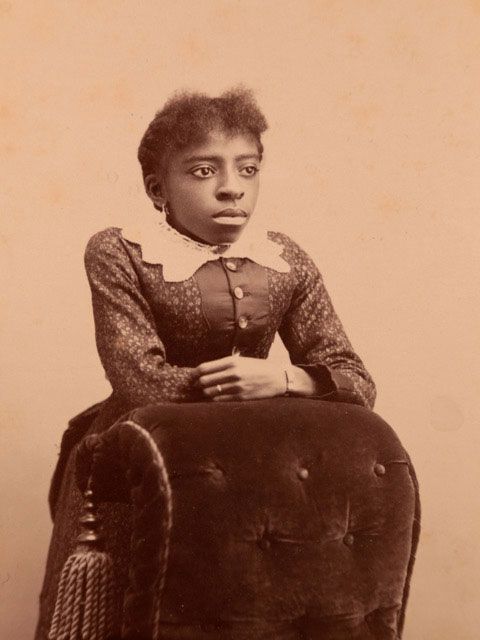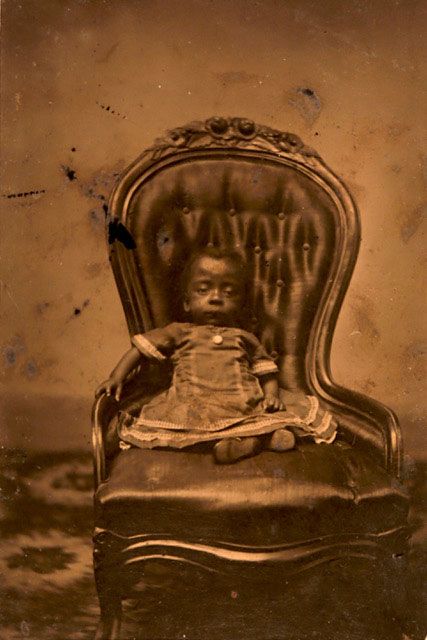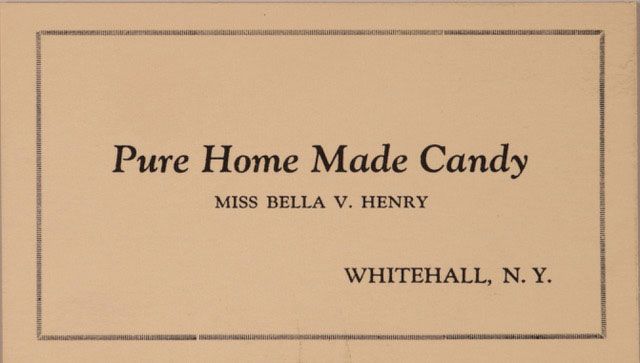Could This John Henry be That John Henry?
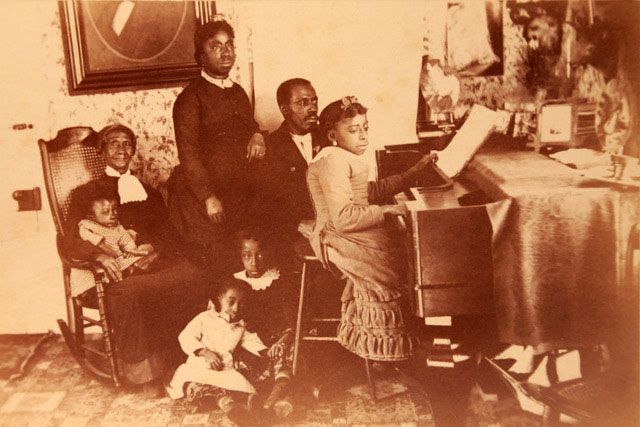
John Henry Family
Written By Megin Potter | Photos Provided
The legend of John Henry, the “steel-driving man” is embedded in America’s consciousness. While some dismiss it as a tall tale, others believe it may be rooted in the life experiences of one local black man with ties to Saratoga, the Underground Railroad, and the most notable abolitionists of the day.
The dawn of the industrial era was a tumultuous time that pitted man against machine. It was the setting of John Henry’s tale, for he was the man who drove in railroad spikes faster than the steam-powered mechanical counterpart destined to replace him.
In this race, John Henry’s story became more than a symbol of strength and perseverance. It epitomized the enormous contribution of the black man to the building of this nation, through each of its numerous retellings; in ballads, literature, films, animated shorts, television, and radio programs.
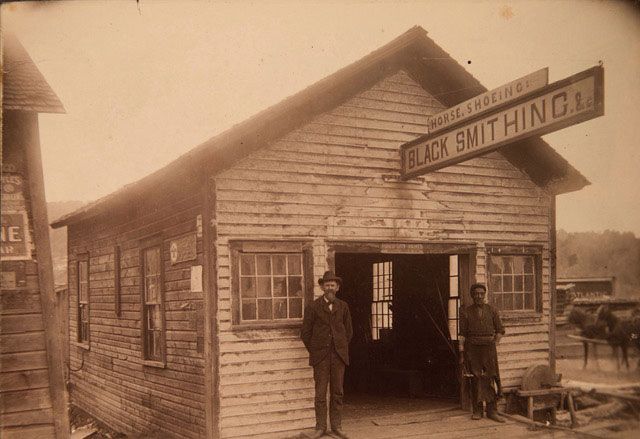
William Boyd & John Henry
Discovering the Unexpected
With a legend like John Henry, it is impossible to know where fact ends and fiction begins. A decade ago, however, local evidence emerged indicating John Henry may be more than mere myth.
In 2013, Greenwich photographer Clifford Oliver Mealy was alerted by the Willard Mountain Chapter of the Daughters of the American Revolution (DAR) to the existence of John Henry’s photo. What he found was a leatherbound album featuring photos of Washington County’s earliest black families. Donated by Mr. and Mrs. Arthur Brassaw in 1957 to the Whitehall Historical Society (and now kept at the Whitehall Library) the extraordinary collection of 89 images is a pictorial history of the area’s upper middle-class society – both black and white.
“The images just blew me away. They were just beautiful,” said Mealy.
Although many of the portraits still have not been identified, the ones that have, feature hard-working, educated, well-to-do families. Among them is John Henry, his wife, Emma Baltimore, and their children.
A Chance Encounter
For 20 years, this John Henry was a slave working as a blacksmith in the area surrounding the University of Virginia. During the same time, the University was building a railway line into the coal fields of West Virginia.
When the Civil War raged through the region, slaves escaped to the Union Army camps. These men, women, and children were dubbed “contraband,” designated Union property not to be returned to their former masters. This may be how John Henry met New York 5th Calvary Officer William Boyd.
In 1865, the two men arrived in Whitehall, Boyd’s hometown, where it is said, John Henry announced their presence loudly, for all to hear, from atop a white horse. Well-known in the area, William’s father, John Huggins Boyd, had served as a US Congressman and was elected Whitehall Town President.
A Change in Fortune
Two years later, on May 18th, 1867, John Henry married Emma Baltimore, daughter of the prominent Troy family.
Emma’s grandfather, Revolutionary War veteran Samuel Baltimore and his wife, Phebe, had 10 children. Among them was Emma’s father, George, and uncle, Peter Baltimore (the proprietor of the Veranda, a barbershop at the intersection of River and First Street, that served as a gathering place for leaders of the abolitionist movement and a documented stop on the Underground Railroad).
“Politicians, businessman, everyone, wanted to sit in his chair,” said Kathy Sheehan, Director of the Rensselaer County Historical Society at the Hart Cluett Museum.
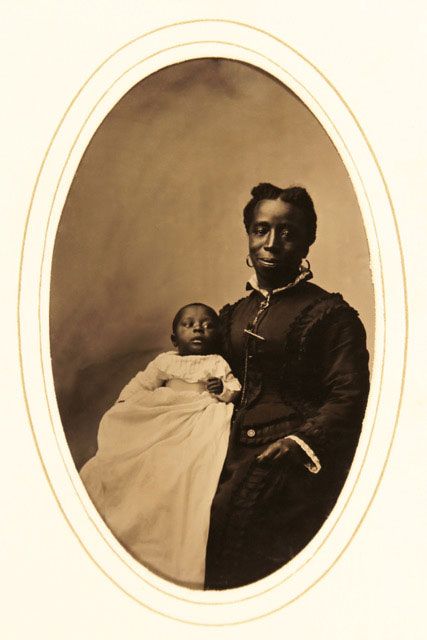
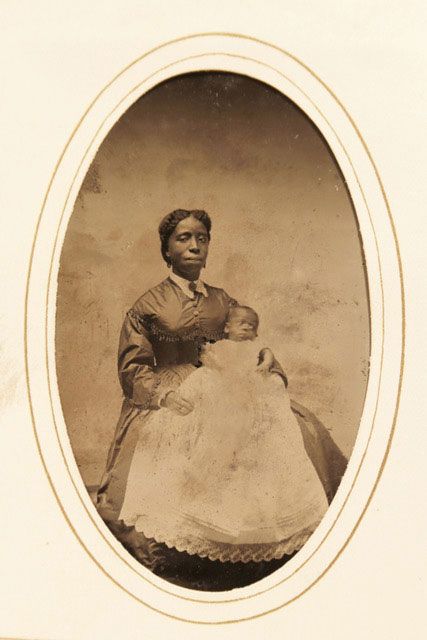
Emma Baltimore and child.
Pari-mutuel betting windows, 1941, which replaced bookies and the Betting Ring. Courtesy Saratoga Springs History Museum.
A Shared Community
Living in affluent neighborhoods across the region, the influence of the black upper middle-class community extended beyond their respective city limits.
Industrialists were attracted to the elegant resort area of Saratoga, including black families such as the Lattimores (key figures in the abolitionist movement) who bought an orchard in Moreau in 1847, and served on the Albany Underground Railroad Vigilance Committee with Peter Baltimore, as well as with nationally known figures Susan B. Anthony and Frederick Douglass.
After their marriage, John and Emma lived in Whitehall, where John opened a blacksmith shop. Their active social life centered around the Methodist Church and they had five children together, but only two lived into adulthood. From the photographs, it appears the Henry children suffered a growth abnormality, and records indicate daughter, Georgiana, died at age 19. Their only surviving daughter, Isabella, became the owner of a candy company.
The Search Continues
While it remains unclear who the John Henry legend is based on, Cliff Oliver Mealy said he is forever learning and looking for truth through the lens of his camera.
“I follow a journalistic point of view. I like realism and looking for the truth. I want to get the real deal.”

